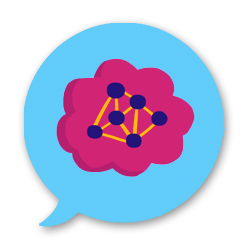Severity: Warning
Message: session_start(): Failed to initialize storage module: user (path: /var/www/session)
Filename: Session/Session.php
Line Number: 143

When you look at a human brain, one of the first things you notice is that its outer layer is all wrinkly. This sheet of groovy tissue is the outermost blanket of the cerebrum, the largest part of the brain.
If you sliced the entire cerebrum down the middle, front to back, it would fall neatly into two similar halves called hemispheres. In the living brain, these halves are connected by a thick set of cables called the corpus callosum.
So what is so special about the rippled outer layer of the cerebrum, which is called the cerebral cortex? This is where most of the higher functions of brain activity arise. Your personality, thoughts, ability to speak, to decide what shoes to wear today, and to work out what change you are owed at the supermarket – you owe them all to your cerebral cortex.
In evolutionary terms, the cerebral cortex is a recent arrival. It arose around 2-3 million years ago and humans are one of the relatively few species on Earth that have this brain structure. One of the secrets of its success is its grooviness. No, really. The bumps and grooves that give the cortex its folded appearance are an ingenious exercise in space saving.
Think of it this way: if you had a rug and laid it flat, it would take up quite a bit of space. But if you push the edges of the rug together, it would wrinkle and fold. You have the same amount of rug, but it is now in a smaller space. In a similar way the cortex can pack more brain into your head by being wrinkly.
Share this page: